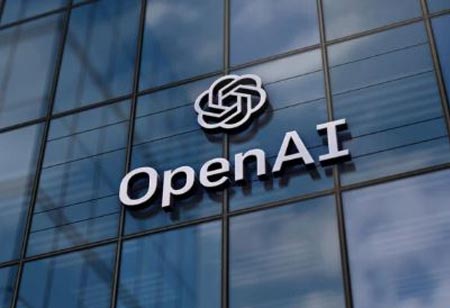
OpenAI Turns To Google's AI Chips to Power its Products


According to reports, OpenAI has begun renting Google's artificial intelligence chips to power ChatGPT and its other products. It hopes the TPUs will help lower the cost of inference. This move by OpenAI to use non-Nvidia chips meaningfully is believed to show the its shift away from relying on Microsoft's data centers. It could potentially boost TPUs as a cheaper alternative to Nvidia's GPUs.
ChatGPT maker, OpenAI is one of the largest purchasers of Nvidia's graphics processing units (GPUs). It uses the AI chips to train models and for inference computing, a process in which an AI model uses its trained knowledge to make predictions or decisions based on new information.
OpenAI has planned to add Google Cloud service to meet its growing needs for computing capacity, marking a surprising collaboration between two prominent competitors in the AI sector.
Google receives the deal as it is making their in-house tensors processing units (TPUs) available externally, which were earlier reserved for internal use, which in turn helped Google win customers including Big Tech player Apple as well as startups like Anthropic and Safe Superintelligence, two ChatGPT-maker competitors launched by former OpenAI leaders.
Google's addition of OpenAI to its customer list shows how the tech giant has capitalized on its in-house AI technology from hardware to software to accelerate the growth of its cloud business.
Also Read: Larry Ellison: How Oracle CEO Bcame the World's Second Richest Man
Also Read: 5 Astonishing Factors About Sundar Pichai's Leadership
OpenAI, Inc. is an American AI organization founded in December 2015 and headquartered in San Francisco, California. It aims to develop safe and beneficial artificial general intelligence (AGI), which it defines as "highly autonomous systems that outperform humans at most economically valuable work". As a leading organization in the ongoing AI boom, OpenAI is known for the GPT family of large language models, the DALL-E series of text-to-image models, and a text-to-video model named Sora. Its release of ChatGPT in November 2022 has been credited with catalyzing widespread interest in generative AI.

